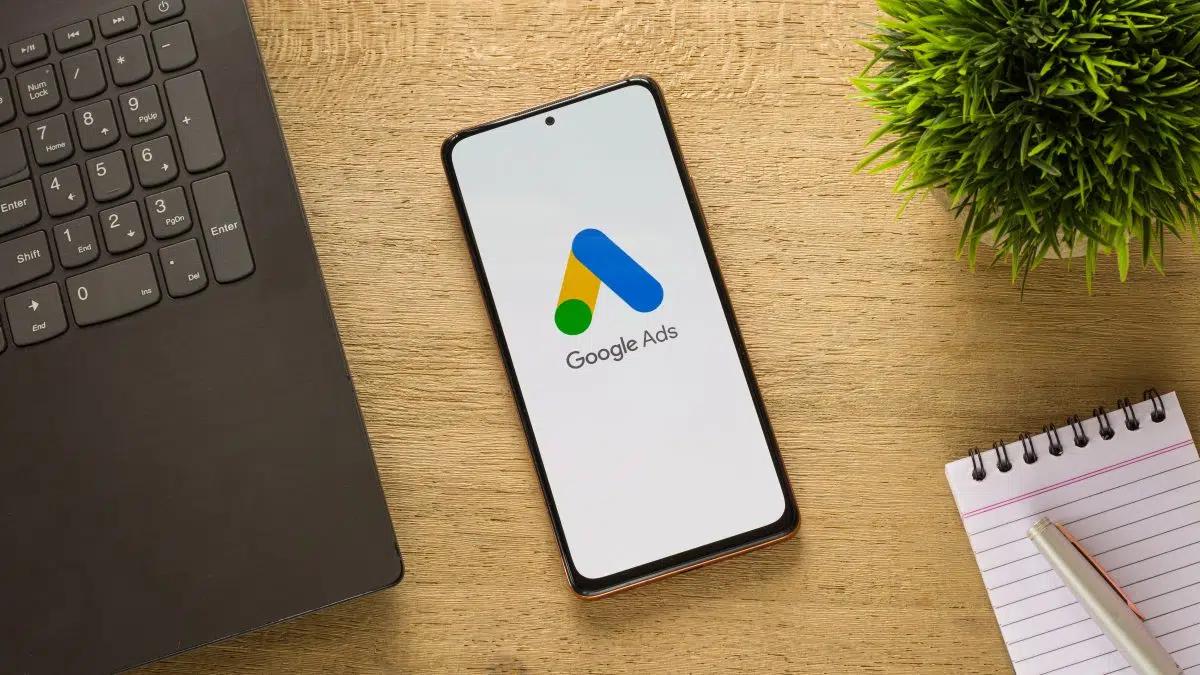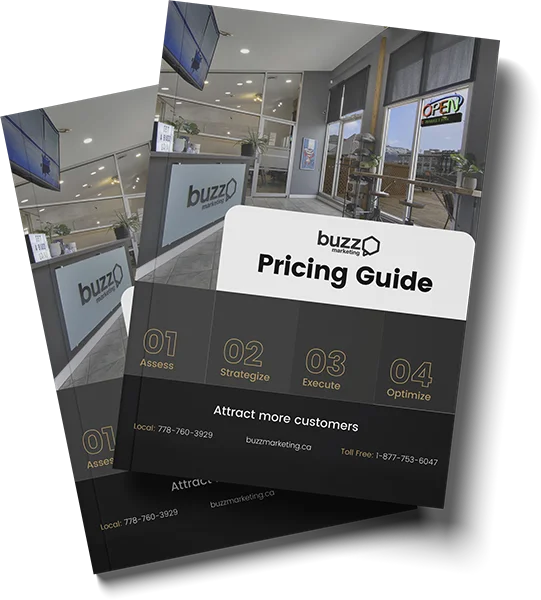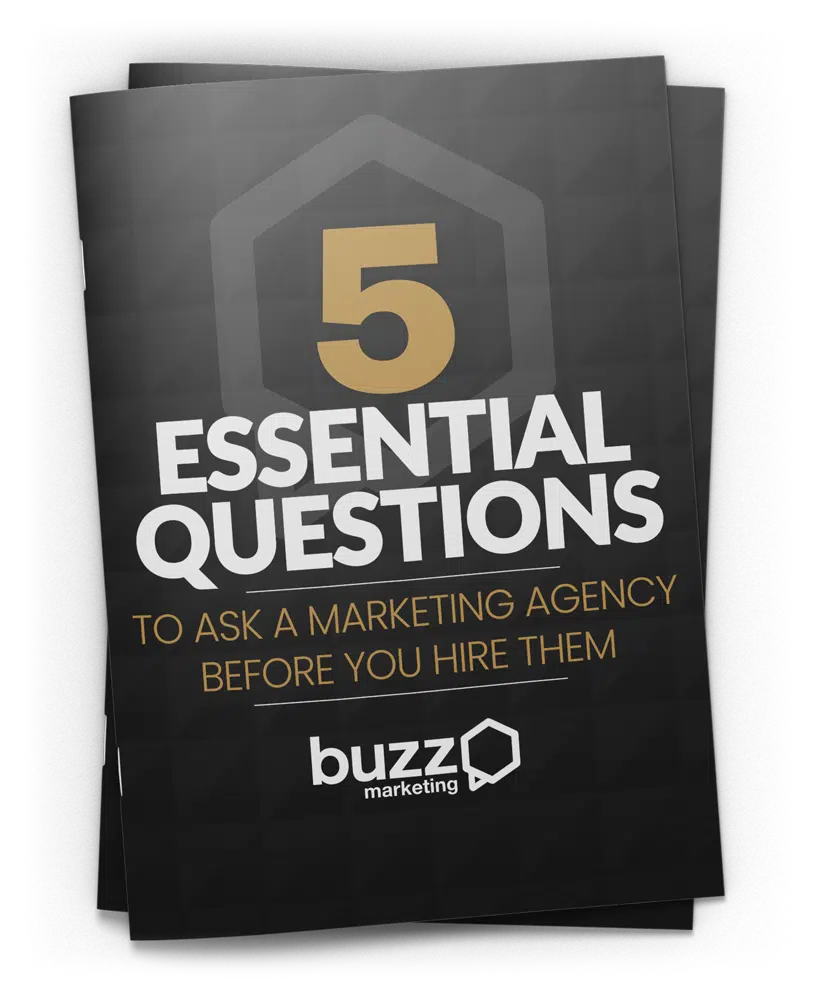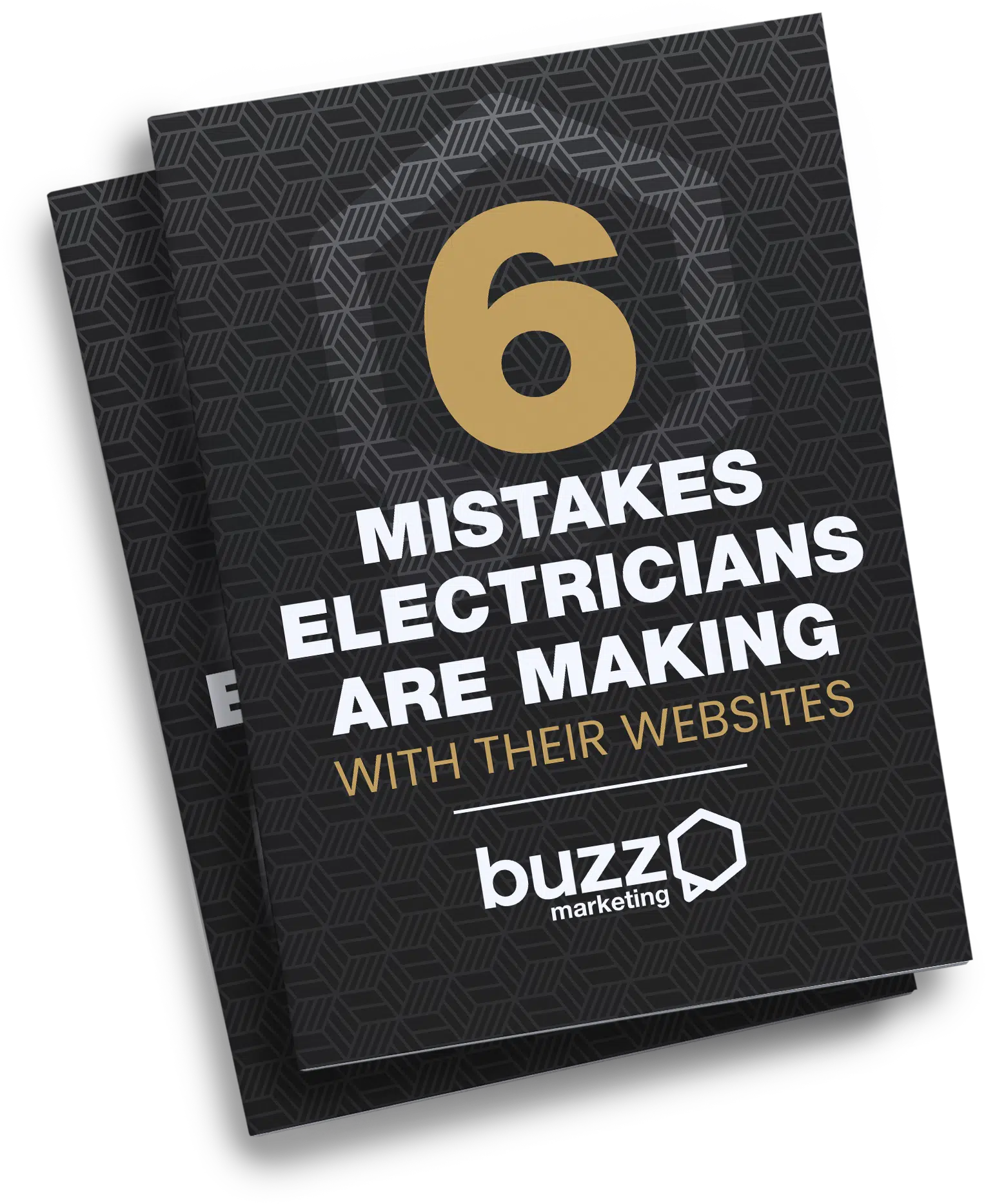
Why Your Google Business Profile Should Get More Love
February 16, 2022
Why Are Professional Photos Better for Your Website?
July 29, 2022Marketing for Dentists:
Grow Your Clinic with Google & Facebook Advertising
Use the same digital tactics that professionals leverage when marketing for dentists: Google and Facebook Ads.
There are key differences between these ad channels, however. It's important to consider these differences when planning a marketing campaign for your clinic. If you’re curious about paid advertising solutions for your dentist practice, then this article is for you!
In this article you will learn about Google and Facebook ads with specific examples from our experience marketing for dentists. Quickly discover how these tactics can help you grow your clinic.
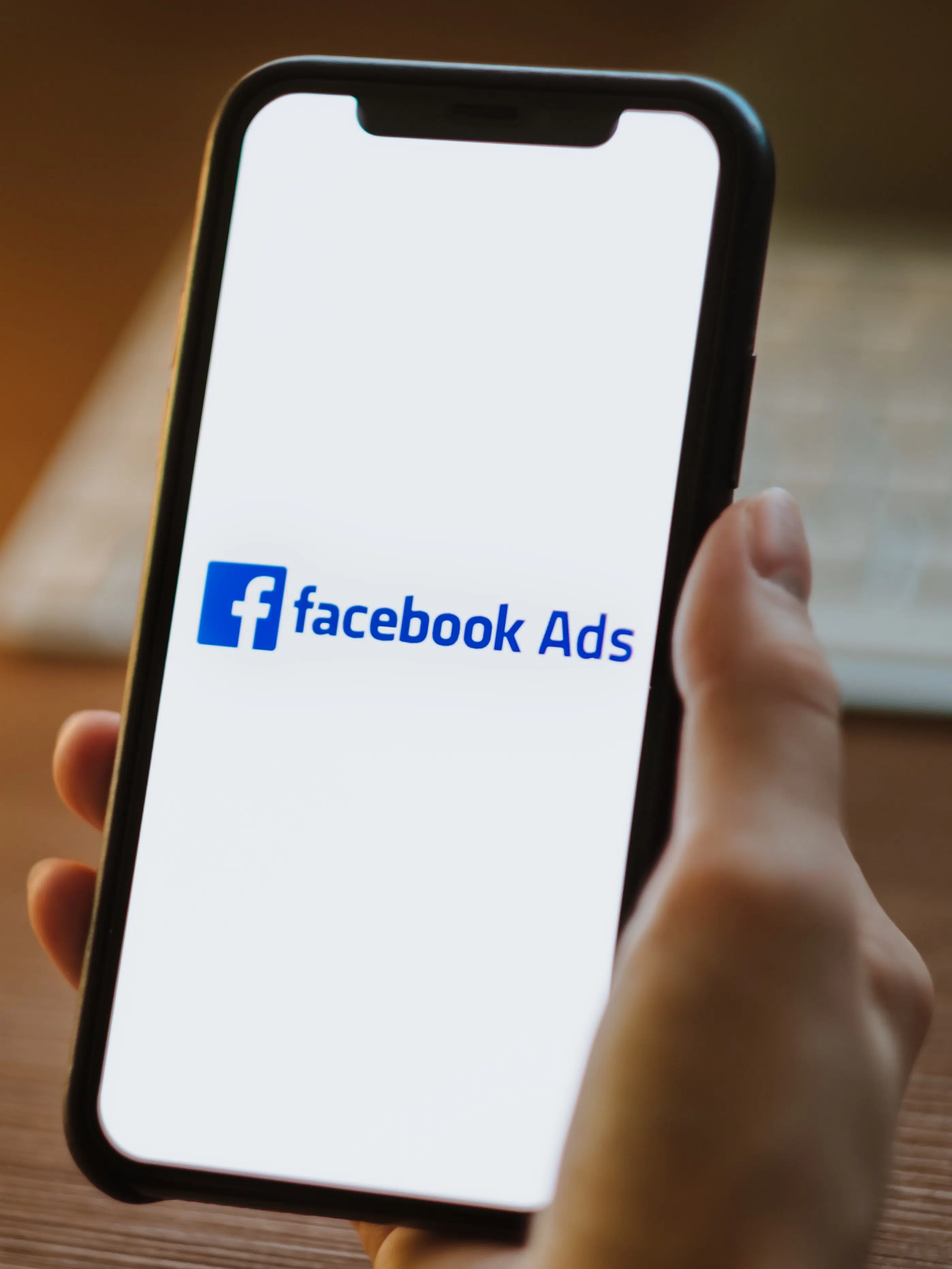
What’s the difference between Google and Facebook advertising?
Both ad platforms follow the pay-per-click (PPC) model, which means that businesses pay a fee for every “click” that an advert earns. This is roughly the only aspect that Google and Facebook ads have in common, though.
Google Ads (aka paid search) feature your ads at the top of Google search engine results pages (SERP), alongside organic search results. Your ads will appear only when specific search terms and qualifications are met based on keyword selection, location, a bidding system, and other specifying details.
For example, if someone searches “root canal” in Google, your ad for root canal services will appear. At the same time, your ad for pediatric dentistry will not appear since that is not part of the keywords used to search. In general, the main thing to target with Googles Ads is the keywords and location used in the search.
On the other hand, Facebook Ads (aka paid social) are displayed across various Meta channels. Facebook and Instagram feeds, Facebook Marketplace, Facebook Video Feeds, or the right column of the Facebook homepage will all display different ad formats.
Instead of triggering ads based on keyword searches, paid social ads are displayed based on user interests and online behaviours, which the social platforms track. Meta (Facebook and Instagram) uses data collected from their users to target and connect audiences with relevant advertisements.
For example, if a user is engaging with content about cosmetic surgeries, they would probably also engage with teeth whitening or dentistry-based cosmetic services. The algorithm will show ads based on this common ground, and ultimately Meta will display ads about cosmetic dentistry. This example simplifies the algorithm, however. The targeting process involves many different variables. Nevertheless, the main targeting factors for Facebook Ads combine information about user demographics and online behaviour trends.

How is Google advertising best used for dentists?
Since Google ads are displayed based on keywords that people search, the audience is assumed to be actively looking for products or services. This is an important consideration when targeting people across the buyer’s journey.
Using specific keywords will help target people who are close to purchase, such as needing an emergency dental appointment. Meanwhile, other keywords will target people who are in the early stages, such as searching for broad topics like “dentist” or “teeth cleaning”. Determining a strategy that optimizes your ad budget will take these factors into account.
How is Facebook advertising best used for dentists?
Rather than showing ads based on searches, ads in Facebook and Instagram appear based on user behaviour and presumed interest. Generally, users are on social media more casually and not actively searching to purchase a service or product. Instead, people are engaging and sharing content they find interesting.
Facebook and Instagram ads are a good opportunity to connect with new audiences and to build brand awareness. This is especially useful for products or services that people might not search. Focusing your ads based on fine-tune audience personas characterized by age, location, online behaviours, interests, or life events will help you find the ideal customer for your dentistry service.

What are the top three paid advertising mistakes that dentists make?
- Over targeting keywords might be tempting. It can seem like a good idea to target every dental keyword you can think of, but this is a mistake! Focus on your services and products for keywords to target, which base advertising on what you offer.
- Misspellings don't make great first impressions. Triple check your ad copy to make sure you're putting your best foot forward.
- Sending ad clicks to your homepage seems like a good strategy at first glance. But that’s not where users want to go! Instead, direct people to a landing page that is designed to optimize for conversions. Users intentionally clicked on an ad for a reason, so the webpage should address that reason immediately and easily.
How can dentists maximize their paid advertising campaigns?
Marketing efforts don’t stop when a paid ad campaign begins. On the contrary, expanding your marketing message across organic channels or other marketing platforms can help increase your return on advertising.
Dentists should utilize multiple marketing opportunities that compliment and fill in the gaps for a complete marketing plan. Google and Facebook Ads are one key piece in that complete marketing plan!
If you need help
We offer paid advertising packages, including Google and Facebook Ads for dentists. With a strategic advertising campaign, you can drive new patients to your clinic and quickly grow, whether you're just starting or simply wanting to boost your services.



























